Saturday was to be a day during which I would help Mike gain a species on me in our neck-and-neck battle for supremacy on our ABA-area life lists. Our goal was to be Nelson’s Sparrow because, well, as readers here might recall, there is a good spot to see them nearby and Mike had managed to always miss that specific orange Ammodramus. If was fortunate for me* then that the wind was scheduled to blow so strongly that I convinced Mike that trying to find his sparrow in the wind-blown marsh grasses would be either a wild goose chase or a snipe hunt but either way it would end without the bird. He graciously agreed to my suggestion to alter our plans and make for the barrier beaches in Queens and the familiar and friendly confines of Jacob Riis Park and Fort Tilden.
Mike was exactly on time picking me up in front of my house and we made our way down the Van Wyck Expressway and to the Belt Parkway as an astoundingly beautiful sunrise unfolded. Once we arrived at the big parking lot at Jacob Riis Park I snapped shot after shot and think that the image above best captured the colors, to say nothing of including migrating Brant.
The northwest winds were blowing hard and a trickle of birds were coming back to land after having been blown out to sea while migrating overnight. Most of the birds that we spotted during the morning in the hedges, bushes, and other assorted cover were Yellow-rumped Warblers,** White-throated Sparrows, and Eastern Phoebes. Other sparrow species were around in smaller numbers and an occasional wren, cardinal, or kinglet enlivened our search for hoped-for rarities but the big three were dominating our fields of view.
Yellow-rumped Warbler Dendroica coronata
It rapidly becomes frustrating when it seems that every single bird that one sees in the bushes is a Yellow-rumped Warbler and every bird in the air is either a Canada Goose or a Brant. More so when visions of possible rarities that can show up on the barrier beaches after a night of northwest winds are taken into consideration. But no matter how hard we worked we kept coming up with common birds. Not that there is anything wrong with the three common birds below but we really wanted to see something exciting!
American Robin Turdus migratorious
Northern Flicker Colaptes auratus
Swamp Sparrow Melospiza georgiana
The robin above was quickly chased off by a bird that is not rare but is pretty exciting. One doesn’t often get great looks at a male American Kestrel perched up in a tree in gorgeous morning light at close range but so we made sure to drink the bird in and fully appreciate it.
American Kestrel Falco sparverius
The kestrel was only at Fort Tilden, of course, because the strong northwest winds forced it out there. We figured that those same winds would move other raptors so we headed to the hawkwatch platform where we found four other birders but didn’t see many hawks so we vamoosed pretty quickly. Sadly, and I have not yet told Mike this so he is learning this depressing story with the rest of you, within five minutes of our leaving the platform a Short-eared Owl was spotted coming in from over the ocean and landing in the dune field. The path we took brought us within relatively close range of the bird and we must have just missed seeing it. Sigh…
Despite our unknowing owl dip we did enjoy our morning out in the bright sun, bracing wind, and beach habitat. A brief stop at Big Egg Marsh at the end of our birding outing served only to provide a nice backdrop for a picture of Mike and to prove that finding skulky sparrows in a marsh in strong wind is impossible.
It was a fun seeing Mike again and getting out and about after birds. Despite not seeing any spectacularly rare or crazy birds it was well worth it to spend a morning on the coast of Queens.
Brant Branta bernicla filling the sky at Big Egg Marsh
…
*Because now I am still free to email him pictures and send him mocking text messages whenever I see a Nelson’s Sparrow. And, really, isn’t that what birding is all about?
**Yes, I know that they have been unlumped and I should be referring to our east coast yellow-rumps as Myrtle Warblers but I haven’t adjusted to the change. Judging by the number of older birders who say Oldsquaw and Marsh Hawk I might never alter my vocabulary.


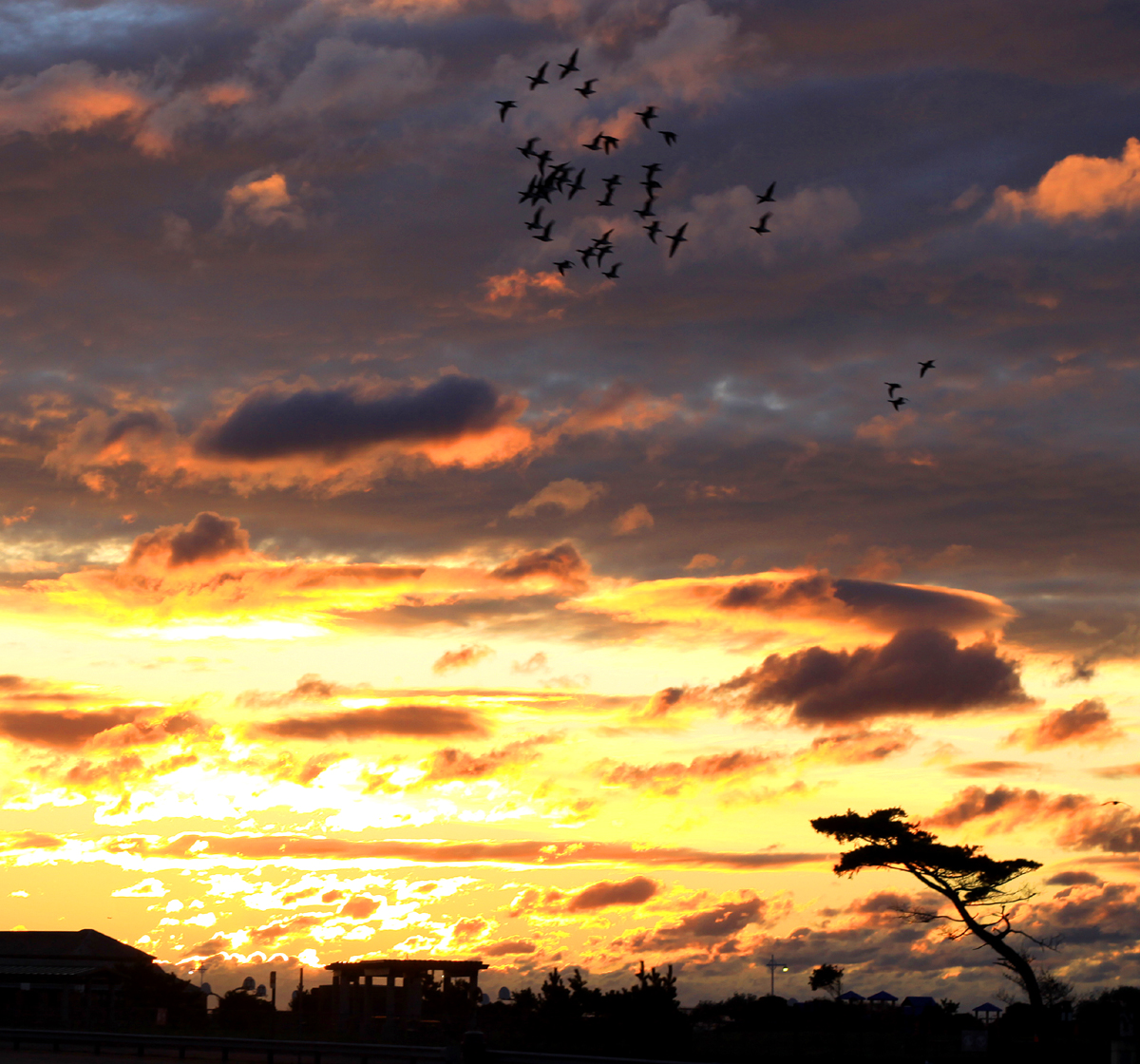
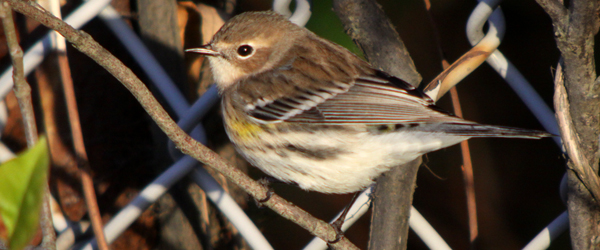
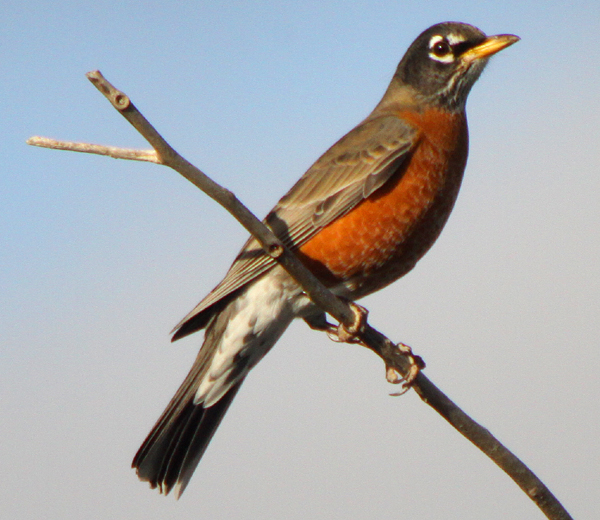
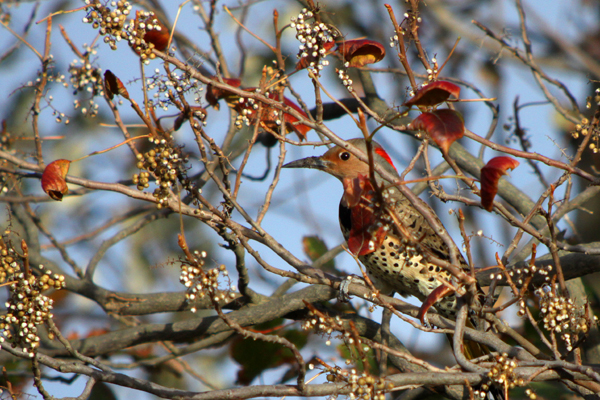
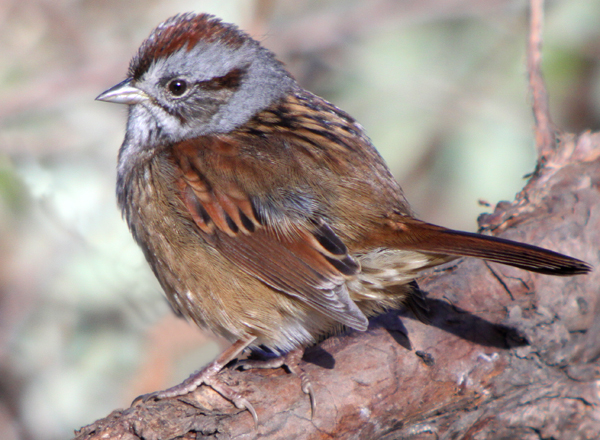
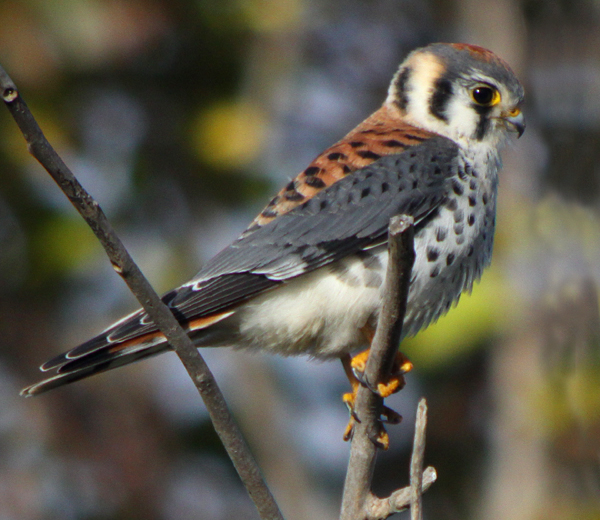


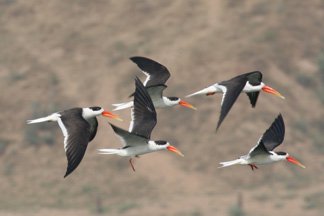
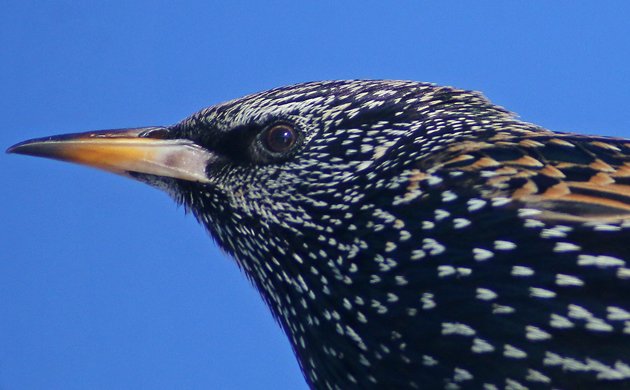

 New writers welcome – please contact us for details.
New writers welcome – please contact us for details.

















That Kestrel pic is a beaut! Also love the Flicker pic.
Did the AOU split Yellow-rumped Warbler???
Well, actually, now that you mention it, only the IOC has. I can’t keep straight in my mind who has split what anymore. It doesn’t help that my ABA list is kept on the ABA checklist but my world list is kept on the IOC list. My year lists end up a confused mess.
The AOU will be splitting them, eventually, I am sure, so we might as well get used to the names now.
I’ve always called them Myrtle Warblers just cause I think it’s a more evocative name than Yellow-rumped, which is boring and not unique to any of the other yellowy rumped warblers out there. Plus it makes one less apt to use “butterbutt”, which I will not use except in reference to the preferred name.
That’s right, you heard me. Down with Butterbutt!
Killer looks at a swamp sparrow not very exciting?
Aaah, another folder for the “One man’s trash…” drawer.
And that’s a very nice (wide-angel) picture of the flying geese. I find flying geese very hard to photograph and your shot is really remarkable.
@Opposable Chums: Thanks! I kept imploring the flicker to come out in the open but I actually ended up liking the shots I got with it partially obscured.
@Nate: Down with Butterbutt!?!?! Et tu, Brute?
@Jochen: Swamp Sparrows are a dime a dozen this time of year. But, yeah, they are an absolutely beautiful bird. And that is first time I ever managed to get a geese shot with birds at different heights and distances to work properly, so thanks for noticing!
@Corey: exactly, that’s the problem with photos of geese. You need some very close to show the details of the species and a lot more in the background providing the flock feeling. And that rarely ever works out as nicely as you’ve had the luck to capture.
Why must you only see something that is “rare?” I never understood people who are only in it for the rarities of our beautiful and ultra diverse hobby/pastime. This also applies to folks who are only interested in locating rare plants as well. I understand the excitement in identifying a rare bird but come on.